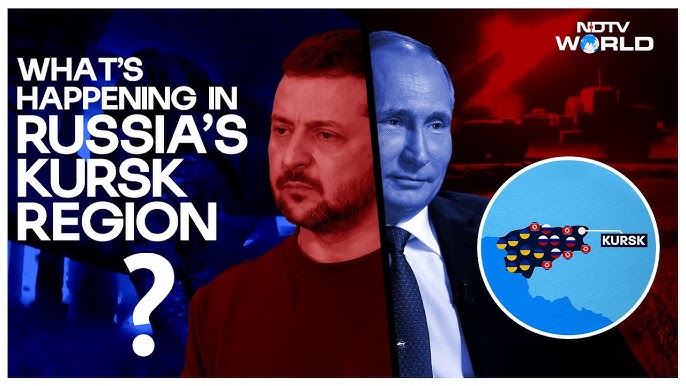In Ukraine, Russian forces are intensifying efforts to expel the remaining Ukrainian troops from the Kursk region, following a seven-month incursion that began in August 2024. This unexpected Ukrainian offensive initially seized significant Russian territory, but Moscow has since regained most of it, bolstered by North Korean reinforcements.
Russian military leaders claim they’ve encircled the Ukrainians, an assertion Ukrainian President Volodymyr Zelenskiy refutes, insisting his forces remain untrapped. Zelenskiy has also raised concerns about a potential Russian offensive in the nearby Sumy region. The conflict, marked by heavy casualties on both sides, could influence future diplomatic negotiations.
Simultaneously, in the Middle East, U.S. airstrikes targeted Houthi rebels in Yemen on March 15, 2025, in response to their Iran-backed attacks on Red Sea shipping lanes. This military action has heightened regional tensions, already strained by ongoing conflicts such as the war in Gaza. The strikes underscore increasing U.S. involvement, risking broader escalation with Iran, a Houthi ally, and possibly Russia, which maintains ties with the group. Both the Kursk and Yemen situations reflect escalating global flashpoints, with significant geopolitical ramifications unfolding as of March 16, 2025.
The Kursk region, located in western Russia near Ukraine, has a rich history. First mentioned in 1032 as part of Kievan Rus’, it became a fortress city by the 16th century under Moscow’s rule. It grew as a trade and military hub, notably during the 17th-century Ukrainian Cossack migrations. The 20th century saw it as a key Soviet site, hosting the massive World War II Battle of Kursk in 1943. Post-1991, it remained part of Russia, with recent conflict arising from Ukraine’s 2024 incursion during the Russo-Ukrainian War.

